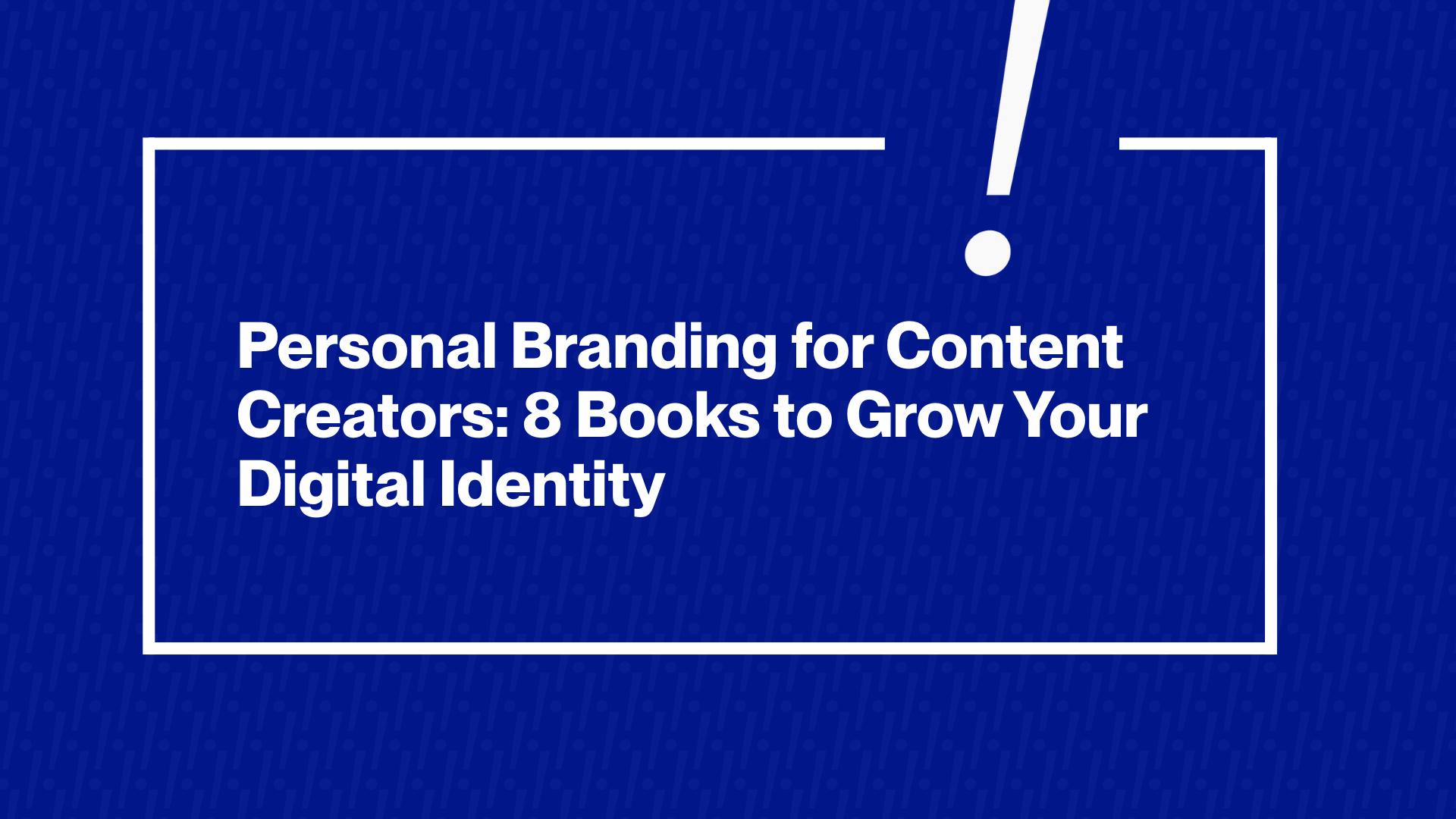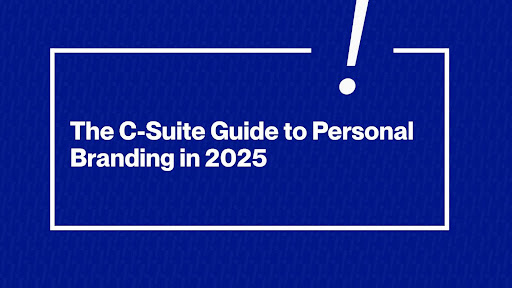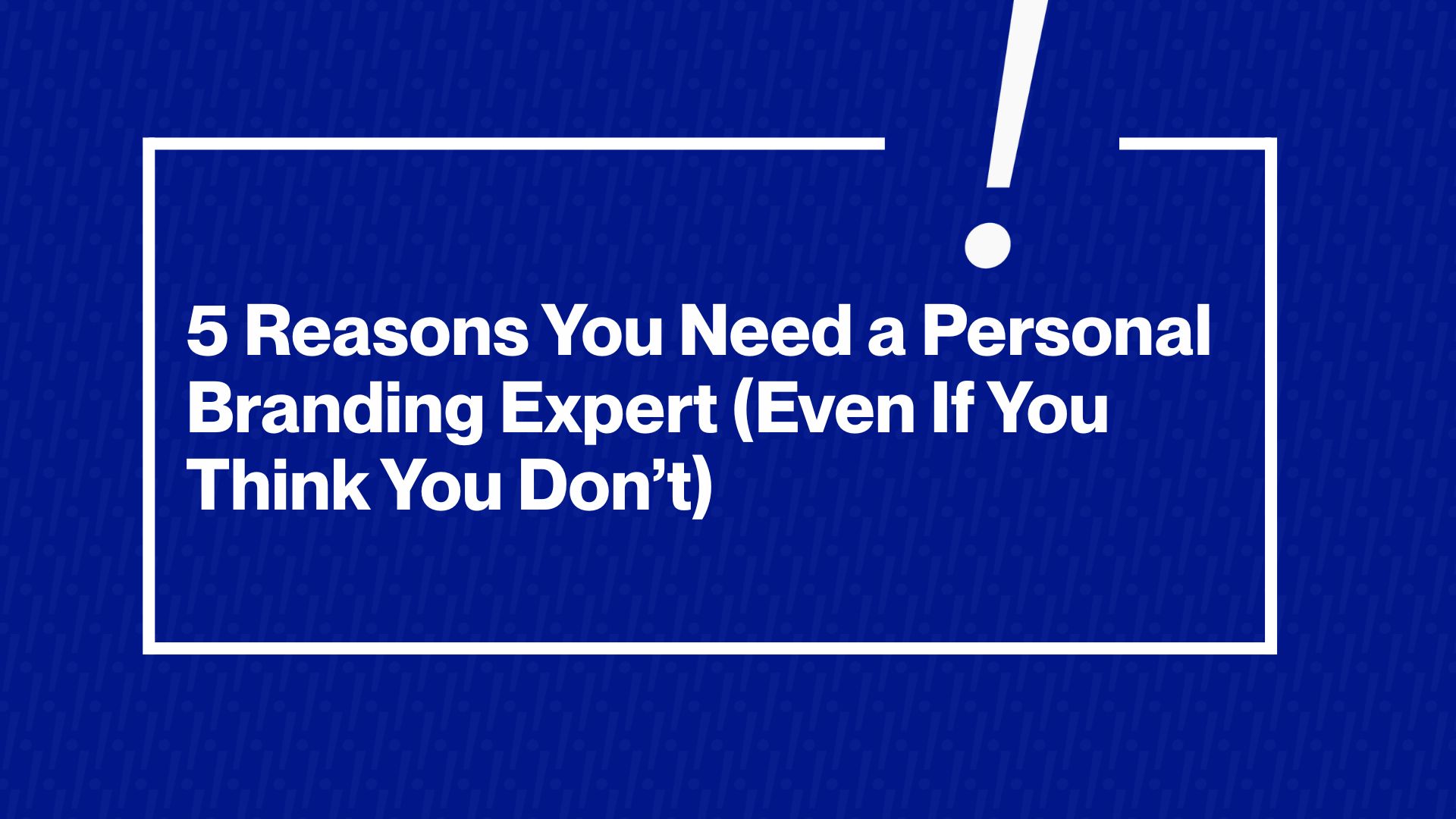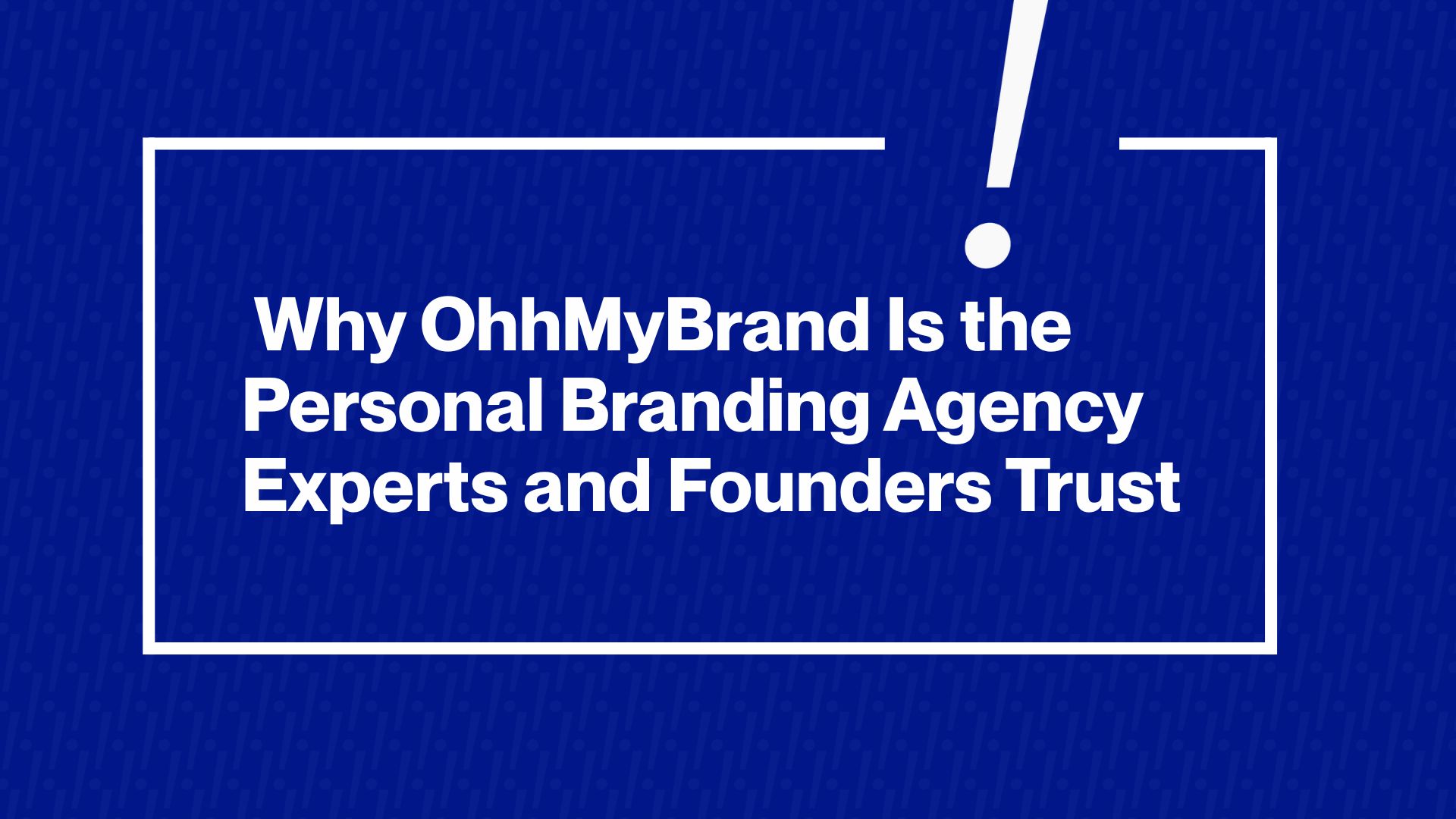Introduction: The Visibility Paradox Every CEO Faces
Imagine walking into a high-stakes networking event wearing a mask. You are in the room, but nobody knows it is you. That is exactly what happens online when a leader lacks a presence. Before investors wire funds, before top engineering talent accepts your offer, and before customers sign seven-figure contracts, they Google you. Increasingly, they are finding your LinkedIn profile first.
The stakes have never been higher. In 2025, a CEO’s LinkedIn presence isn’t just personal branding. It is a measurable business asset that directly influences investor confidence, talent acquisition, customer trust, and market valuation.
“It takes 20 years to build a reputation and five minutes to ruin it. If you think about that, you’ll do things differently.” Warren Buffett
Yet most CEOs face an impossible choice. They must decide whether to spend 10 to 15 hours weekly creating content or remain invisible while competitors capture mindshare in their industry. This is where the role of a Personal Branding Consultant becomes vital.
This is where LinkedIn ghostwriting transforms from a luxury to a strategic necessity. Agencies like Ohh My Brand, a leading global personal branding firm specializing in executive positioning and thought leadership, have helped hundreds of CEOs resolve this paradox. They help leaders maintain an authentic, powerful LinkedIn presence without sacrificing the time better spent running their companies.
The question isn’t whether CEOs should be visible on LinkedIn. It is whether they can afford to remain invisible while the market evaluates their leadership credibility through a blank or outdated profile.
What CEO LinkedIn Ghostwriting Means and Why It Matters Now
LinkedIn ghostwriting involves hiring a professional writer who creates content on behalf of executives while preserving their authentic voice, perspective, and strategic objectives. Unlike generic social media management, executive ghostwriting is a collaborative partnership. The writer becomes a thinking partner who extracts insights through conversations, translating expertise into Content & Storytelling that builds authority over time.
The business case has become undeniable. LinkedIn research shows that executive posts receive 5 to 10 times higher engagement than company page content. More significantly, 82% of people are more likely to engage with a company when its leader is visible online. For B2B decision-makers specifically, 58% spend over an hour weekly reading thought leadership content, and nearly 60% have awarded business based on that content alone.
The 2025 landscape has intensified these dynamics. CEOs with a strong LinkedIn presence report 39% increases in followers after consistent posting. Meanwhile, those without visible leadership create doubt. When stakeholders cannot find credible information about a CEO online, they assume the worst about the company’s trajectory and stability.
What has changed is that CEO visibility now directly impacts tangible business outcomes. Effective LinkedIn Marketing ensures that companies led by CEOs who are vocally active manage crises more successfully. Personal brands no longer complement corporate strategy; they drive it.
Agencies like Ohh My Brand have positioned themselves at this intersection. They offer comprehensive ghostwriting services that transform CEOs from invisible operators into recognized industry authorities. Their approach combines strategic content planning, authentic voice capture, and distribution expertise to ensure executive visibility translates into measurable business results.
Common Mistakes Executives Make on LinkedIn (And How They Damage Growth)
Even successful CEOs who recognize LinkedIn’s importance sabotage their own efforts through predictable patterns. Understanding these mistakes reveals why professional ghostwriting delivers superior results.
Mistake 1: Focusing Exclusively on Company Promotion
The number one mistake CEOs make is treating their personal LinkedIn profile as an extension of the company page. Posts become repetitive corporate announcements, product launches, and award celebrations. This approach makes the profile feel like corporate propaganda rather than authentic leadership.
The data confirms the problem. Purely promotional content generates minimal engagement because audiences tune out sales pitches. When CEOs share only company news, they miss the entire point of personal branding through storytelling which is building a human connection that drives trust.
Mistake 2: Inconsistent Posting or Giving Up Too Early
Most CEOs quit LinkedIn after 2 or 3 months when they do not see immediate results. They post sporadically, disappear for weeks, then attempt to restart momentum from zero. This pattern destroys the compounding effect that makes LinkedIn powerful.
The first six months are about building the habit and understanding what resonates. Companies posting weekly see 200% more engagement than those who do not, but this requires sustained consistency that busy CEOs struggle to maintain alone.
Mistake 3: Outsourcing to Teams Who Don’t Capture Authentic Voice
Many executives delegate LinkedIn management to PR teams or social media managers who write in generic corporate language. The result is robotic posts that sound nothing like the CEO, immediately destroying credibility with audiences seeking authentic insights.
When ghostwriting fails, it is usually because the writer writes to the audience instead of as the founder. Effective ghostwriting requires deep voice capture. It is often said that authors make better personal brand strategists because they understand how to structure a narrative arc rather than just posting updates.
Mistake 4: Confusing Visibility with Vanity Metrics
CEOs often fixate on follower counts and post likes instead of meaningful engagement. They prioritize viral moments over sustained relationship building with key stakeholders. This misunderstanding leads to content strategies optimized for the wrong outcomes.
Real executive visibility drives specific business results such as qualified inbound leads, investor conversations, top tier talent applications, media opportunities, and speaking invitations. These outcomes matter infinitely more than superficial engagement metrics.
Mistake 5: Failing to Provide Unique Perspective
Too many executives reshare industry news or post AI generated content without adding their distinct viewpoint. True thought leadership isn’t about broadcasting information already available on Google. It is about offering insights only you can provide based on your unique experience.
Ohh My Brand addresses these mistakes systematically by combining strategic positioning with authentic voice capture. Their ghostwriting process ensures CEOs show up consistently with valuable, differentiated content that builds authority rather than eroding it.
Strategic Approach: How CEOs Should Build LinkedIn Presence Through Ghostwriting
Effective LinkedIn ghostwriting follows a proven framework that balances executive time constraints with the consistency required to build meaningful authority.
Step 1: Define Your Executive Brand and Content Pillars
Everything starts with clarity. Before creating any content, establish what you stand for as a leader, who your target audience includes, and what unique value you bring to industry conversations.
This involves identifying 3 to 5 core content themes that align with both your expertise and business objectives. We utilize proven frame works to built personal brands that ensure alignment. For example, a SaaS CEO might focus on product innovation philosophy, future of work trends, startup scaling challenges, and customer success principles. These pillars create guardrails that keep content strategic rather than random.
The best frameworks treat the CEO’s personal brand as inseparable from their company’s positioning. When Ohh My Brand works with executives, they map content themes directly to business goals such as fundraising timelines, product launches, talent acquisition needs, and market positioning priorities. This ensures every post serves a strategic purpose.
Step 2: Establish Voice Capture Process
The foundation of authentic ghostwriting is understanding how the CEO actually thinks and communicates. This requires structured voice discovery sessions where writers interview executives about their background, communication style, strongly held beliefs, and perspective on industry challenges.
Professional ghostwriters record these conversations, study past presentations and media interviews, and identify signature phrases and communication patterns. They note cadence, formality level, use of data versus storytelling, and even how the executive structures arguments.
The goal is reaching a point where readers can hear the CEO’s voice in their head while reading. This level of authenticity requires ongoing collaboration involving weekly or biweekly conversations where the ghostwriter asks strategic questions and the CEO provides raw insights that get refined into polished content.
Step 3: Implement “Talk, Don’t Write” Content Creation System
The most effective ghostwriting workflows accommodate executive schedules by eliminating writing entirely from their responsibilities. Instead, they create content through five minute conversations captured during downtime such as airport waits, commutes, or between meetings. This is a highly effective content system from book based strategies adapted for digital speed.
This approach involves:
- Quick voice capture: CEO records thoughts via voice memo or brief video call
- Automated processing: Ghostwriter transforms conversation into structured post
- Streamlined approval: CEO reviews and approves in minutes, not hours
- Scheduled publishing: Content goes live on predetermined schedule
This system produces 3 to 5 posts weekly while requiring only 15 to 30 minutes of executive time total. The efficiency gain is remarkable. Executives earning $300 per hour save 5 hours weekly, which is worth $6,000 monthly in time alone, while maintaining the consistent presence that builds authority.
Step 4: Create Content Mix That Drives Engagement
LinkedIn’s 2025 algorithm prioritizes expertise, original insights, and content that keeps users engaged. The most effective CEO content strategies balance several formats:
- Personal stories and lessons learned (40%): Behind the scenes challenges, failure lessons, and decision making frameworks humanize leadership and generate strong engagement.
- Industry analysis and future trends (30%): Original perspectives on market shifts, supported by data when available, position the CEO as a forward thinking authority.
- Tactical insights and frameworks (20%): Actionable advice that helps the audience solve specific problems demonstrates expertise and provides immediate value.
- Company milestones and team highlights (10%): Occasional updates about achievements, presented through the lens of lessons learned rather than pure promotion.
This 40-30-20-10 split ensures variety while maintaining focus on value creation over self promotion. Ohh My Brand uses data driven content strategies that test different approaches and optimize based on what generates meaningful engagement for each specific executive.
Step 5: Build Systematic Engagement Practice
Publishing content is only half the equation. The other half involves engaging with the community you are building by responding to comments, participating in relevant discussions, and showing up as an accessible leader rather than a distant broadcaster.
Effective CEOs or their ghostwriting teams dedicate 15 to 20 minutes daily to engagement. This includes liking relevant posts, leaving thoughtful comments on industry discussions, and personally responding to high value interactions on their own content.
This engagement compounds over time. Commenting on 10 to 20 posts increases profile views by 50% and post reach by 10%. More importantly, it builds genuine relationships that translate into partnership opportunities, investor conversations, and talent recruitment.
Real-World CEO Scenarios: When Ghostwriting Delivers Maximum Impact
LinkedIn ghostwriting isn’t one size fits all. Different executive situations require tailored approaches.
Scenario 1: The Pre-Fundraising SaaS Founder
Challenge: A B2B SaaS founder preparing for Series A fundraising needs to build credibility with venture capitalists who are researching the team before taking meetings.
Ghostwriting Solution: Six months before fundraising conversations begin, the founder starts posting weekly insights about market opportunity analysis, customer problem articulation, product development philosophy, and early traction indicators. Content demonstrates deep market understanding and strategic thinking which is exactly what investors evaluate.
Results: When VCs research the founder, they find a robust LinkedIn presence showcasing domain expertise and clear vision. This pre validation increases the likelihood of securing meetings and shortens due diligence timelines. One Ohh My Brand client reported that two of three qualified leads reaching out weekly came directly through LinkedIn thought leadership visibility.
Scenario 2: The Manufacturing CEO Building Talent Pipeline
Challenge: A traditional manufacturing company CEO struggles to attract younger engineering talent who perceive the industry as outdated and uninnovative.
Ghostwriting Solution: The CEO begins sharing content about technology integration in manufacturing, sustainability innovations, employee development programs, and the exciting challenges of modern industrial production. Content humanizes the leader and showcases the company’s forward thinking culture.
Results: Top candidates researching the company find an active, approachable CEO articulating compelling vision. LinkedIn content becomes a recruitment tool, with the CEO’s posts shared by existing employees amplifying reach. Companies with visible, active CEOs report attracting higher quality candidates who feel connected to leadership vision before even applying.
Scenario 3: The Turnaround Executive Rebuilding Trust
Challenge: A CEO brought in to turn around a struggling company needs to rebuild stakeholder confidence with employees, customers, partners, and investors all questioning the company’s future.
Ghostwriting Solution: The CEO establishes transparent communication through regular LinkedIn updates about strategic priorities, tough decisions and their reasoning, early wins and ongoing challenges, and vision for the company’s evolution. Content demonstrates accountability and clear headed leadership during uncertainty.
Results: Stakeholders who previously felt disconnected from leadership gain visibility into the turnaround strategy. This transparency builds trust faster than traditional corporate communications, creating internal alignment while reassuring external partners. Research shows companies led by vocally active CEOs navigate crises more effectively, with enhanced stakeholder confidence.
In each scenario, Ohh My Brand tailors ghostwriting strategy to specific business objectives, ensuring content serves the executive’s most pressing needs rather than following generic templates.
Where Ohh My Brand and Personal Branding Agencies Add Strategic Value
While some executives attempt DIY LinkedIn presence or work with general marketing teams, specialized personal branding agencies deliver superior results through focused expertise.
Comprehensive Voice and Positioning Development
Ohh My Brand begins every engagement with strategic positioning work. This involves defining the executive’s unique value proposition, identifying target audiences, and mapping content themes to business objectives. This foundation ensures all content ladder up to clear strategic goals rather than existing as random posts.
The agency’s positioning expertise helps executives identify what makes their perspective genuinely differentiated. This often requires external perspective from someone who can articulate what the CEO takes for granted as obvious but actually represents unique expertise.
Professional Ghostwriting with Industry Expertise
Generic content creators struggle to write convincingly for CEOs because they lack understanding of executive challenges and industry nuances. Ohh My Brand specializes in executive content, bringing understanding of different industries, business models, and leadership contexts that enables authentic voice capture.
Their writers conduct deep dive interviews, study the executive’s communication history, and invest time understanding both the person and their business environment. This produces content that sounds authentically like the CEO while being strategically optimized for LinkedIn’s algorithm and audience expectations.
Multi-Channel Content Distribution and Amplification
LinkedIn ghostwriting works best as part of integrated content strategy. Leading agencies do not just create LinkedIn posts; they develop content that can be repurposed across newsletters, blog articles, podcast appearances, media quotes, and speaking engagement abstracts. This can even extend to Ebook Writing Services to compile thought leadership into long form assets.
This content ecosystem amplifies reach and reinforces the executive’s positioning across multiple touchpoints. Ohh My Brand manages this orchestration, ensuring consistent messaging while adapting format and tone for each specific channel.
LinkedIn Algorithm Optimization and Performance Tracking
The LinkedIn algorithm changed significantly in 2025, prioritizing expertise, original insights, and content that generates sustained engagement over viral moments. An SEO Consultant perspective is crucial here. Professional agencies stay current on these algorithmic shifts and optimize content accordingly to ensure maximum visibility.
They track performance metrics that matter such as profile views from target audiences, inbound message quality, content assisted pipeline attribution, and engagement from key stakeholder categories like investors, customers, talent, and media. This data driven approach enables Conversion Rate Optimization for your personal profile, turning viewers into leads.
Crisis Communication and Reputation Management
When issues arise, such as negative press, industry controversies, or company challenges, having an established LinkedIn presence becomes a critical communication channel. CEOs with active profiles can respond quickly and authentically, controlling narrative in ways company statements cannot.
Ohh My Brand helps executives navigate these sensitive situations, providing crisis communication expertise that protects reputation while maintaining authentic voice. This proactive reputation management prevents small issues from becoming major credibility problems.
Time-Efficient Collaboration Models
The best agencies respect executive time constraints by creating efficient workflows. This includes asynchronous communication, batch content creation from quarterly strategy sessions, quick mobile friendly approval processes, and handling all publishing logistics.
For a $2,500 to $5,000 monthly investment, executives receive comprehensive ghostwriting services that would cost $6,000+ monthly in their own time, plus professional expertise that would take years to develop independently.
Implementation Checklist for Executives Considering LinkedIn Ghostwriting
Ready to build strategic LinkedIn presence through ghostwriting? Use this implementation roadmap.
Phase 1: Foundation (Weeks 1-2)
- Define strategic objectives: Identify specific business goals (fundraising, talent acquisition, customer development, thought leadership positioning)
- Clarify target audiences: Specify who needs to find and trust you (investors, customers, talent, media, partners, board members)
- Audit current presence: Review existing LinkedIn profile, content history, and competitive positioning
- Select ghostwriting partner: Choose between individual specialist or agency like Ohh My Brand based on needs and budget
- Complete voice discovery: Participate in comprehensive interviews about communication style, perspectives, and strategic priorities
Phase 2: Strategic Planning (Weeks 3-4)
- Establish content pillars: Define 3 to 5 core themes that align expertise with business objectives
- Create content calendar: Map out posting frequency (minimum 2 to 3x weekly) and theme distribution
- Set approval workflow: Establish efficient review process that respects your time while maintaining quality control
- Optimize profile: Update headline, about section, experience, and featured content to support positioning
- Identify engagement strategy: Plan how you’ll interact with comments and participate in broader LinkedIn conversations
Phase 3: Launch and Momentum (Months 1-3)
- Begin consistent publishing: Start 2 to 3 posts weekly, building habit and testing what resonates
- Implement engagement routine: Dedicate 15 to 20 minutes daily to commenting and relationship building
- Track leading indicators: Monitor profile views, connection requests from target audiences, and engagement quality
- Iterate based on data: Adjust content themes and formats based on what generates meaningful responses
- Maintain collaboration rhythm: Continue weekly or biweekly conversations with ghostwriter to provide fresh insights
Phase 4: Optimization and Scale (Months 4-6)
- Analyze business impact: Track content assisted pipeline, inbound opportunities, and talent quality improvements
- Expand content formats: Test LinkedIn newsletters, video content, and carousel posts based on initial success
- Leverage media opportunities: Use LinkedIn visibility to secure podcast appearances, speaking engagements, and media quotes
- Build content ecosystem: Repurpose LinkedIn insights into longer form articles, presentations, and other formats potentially utilizing Backlink Building strategies to boost domain authority.
- Create sustainability plan: Establish long term cadence that maintains momentum without burning out
Key Success Factors
- Commit to minimum 6-month timeline: LinkedIn authority builds through consistency, not viral moments
- Prioritize authenticity over polish: Audiences value real insights over perfectly crafted corporate messages
- Measure what matters: Focus on business outcomes (leads, talent, opportunities) rather than vanity metrics
- Trust the ghostwriting process: Provide candid insights to your writer so they can capture authentic voice
- Engage consistently: Publishing without engagement limits reach and relationship building potential
Frequently Asked Questions: CEO LinkedIn Ghostwriting
Q1: Isn’t ghostwriting inauthentic and potentially dishonest?
Ghostwriting is a standard business practice used by executives, authors, and thought leaders across industries. The key is that the content genuinely reflects the CEO’s perspectives, expertise, and voice, just articulated more effectively than they could manage independently given time constraints. Think of it like having a speechwriter for presentations. The ideas are yours, the expertise is yours, the strategic direction is yours. The ghostwriter simply helps translate those elements into compelling, consistent content.
Q2: How much does professional CEO LinkedIn ghostwriting cost?
Pricing varies based on service scope and provider expertise. Individual specialists typically charge $2,500 to $5,000 monthly for comprehensive services. Premium agencies may charge $5,000 to $10,000+ monthly for multi executive programs or additional services like media placement. This investment delivers substantial ROI when you consider that one high quality hire or client can cover months of fees.
Q3: How often should CEOs post on LinkedIn for maximum impact?
Research and practitioner consensus suggests 2 to 3 posts weekly as the optimal frequency. This cadence maintains visibility without overwhelming followers or the CEO’s schedule. Companies posting weekly see twice the engagement of those who do not, but more frequent posting shows diminishing returns unless content quality remains exceptionally high.
Q4: What’s the difference between a LinkedIn ghostwriter and social media manager?
Social media managers typically focus on multiple platforms, scheduling, and engagement metrics. LinkedIn ghostwriters specialize in executive voice, thought leadership positioning, and strategic content that serves specific business objectives. They act as thinking partners who extract insights through conversation and translate expertise into compelling narratives that build personal authority.
Q5: How do ghostwriters capture an executive’s authentic voice?
Professional ghostwriters use several techniques: comprehensive interviews, studying past presentations, recording conversations to identify speech patterns, analyzing writing samples, and iterative collaboration with feedback loops. The process typically requires 2 to 3 months before the ghostwriter fully internalizes the CEO’s voice.
Q6: Can LinkedIn ghostwriting actually drive business results like fundraising or hiring?
Absolutely. Multiple sources document measurable outcomes. 58% of B2B decision makers have awarded business based on thought leadership content, and CEOs with consistent LinkedIn presence report regular inbound opportunities. The key is strategic content aligned with specific business objectives rather than generic posting.
Q7: How long does it take to see results from CEO LinkedIn presence?
Expect a 4 to 6 month ramp up period before significant momentum builds. Initial months focus on establishing voice and building consistency. Month 4 to 6 typically mark inflection points where algorithmic reach expands and the executive’s positioning solidifies.
Q8: What if competitors or employees discover I’m using a ghostwriter?
Most sophisticated audiences assume busy executives have writing support. This is standard practice, not a secret. The critical factor is that content authentically reflects your perspective and expertise. If your LinkedIn presence builds trust and attracts opportunities, the mechanics of content creation matter less than the value provided.
Q9: Can I use AI tools instead of hiring a professional ghostwriter?
AI tools can assist with content creation but rarely replace professional ghostwriters for executive positioning. AI lacks understanding of nuanced business context and authentic voice capture. Audiences increasingly detect AI generated content and discount its credibility. Authentic executive insights carry exponentially more weight.
Q10: How do I choose between individual ghostwriters and agencies like Ohh My Brand?
Individual specialists work well when you need LinkedIn focused support only and are comfortable managing the relationship directly. Full service agencies like Ohh My Brand deliver more value when you need comprehensive personal branding beyond LinkedIn, integrated services, and strategic positioning expertise.
Conclusion: From Invisible to Influential, The Strategic Imperative
The evidence is overwhelming. In 2025, CEO visibility on LinkedIn directly impacts investor confidence, talent quality, customer trust, media opportunities, and company valuation. Yet most executives lack time to build this visibility themselves while maintaining focus on core leadership responsibilities.
This is precisely why LinkedIn ghostwriting has evolved from nice to have to strategic necessity. Professional ghostwriters enable CEOs to maintain authentic, consistent presence that builds authority without sacrificing 10 to 15 hours weekly to content creation.
The transformation is remarkable. CEOs move from invisible operators to recognized industry authorities. Their profiles shift from static resumes to dynamic platforms generating opportunities. Their insights reach thousands of stakeholders who would never encounter them otherwise. And most importantly, their personal brands become force multipliers for company success rather than afterthoughts. This clarity of vision aligns with your personal brand purpose.
Ohh My Brand specializes in this exact transformation by helping CEOs, founders, and C-suite executives build powerful personal brands through strategic ghostwriting, thought leadership positioning, and comprehensive reputation management. Their global expertise in executive branding ensures leaders don’t just show up on LinkedIn; they stand out as the definitive voices in their industries.
The question facing today’s executives isn’t whether personal branding matters. The market has decisively answered: before stakeholders engage with your company, they evaluate you. The real question is whether you’ll control that narrative through strategic visibility or cede it to competitors who understand this new leadership imperative.
Your visibility is already shaping perceptions. Make sure it works for you. Ready to define your narrative? Connect with Bhavik Sarkhedi today and turn your LinkedIn presence into your most valuable business asset.




